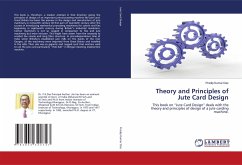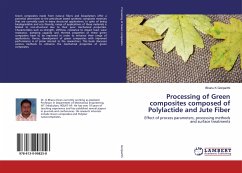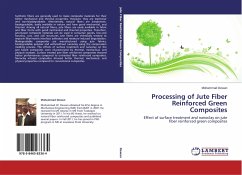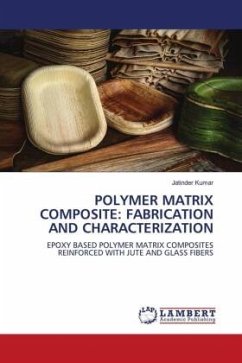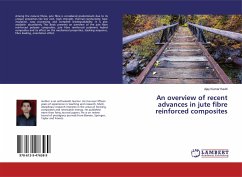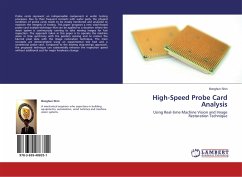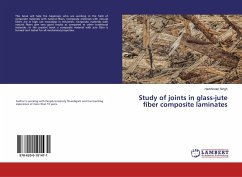This book is, therefore, a maiden attempt in that direction giving the principles of design of an important jute-processing machine like jute card. Great Britain has been the pioneer in the design and manufacture of jute machinery in ninteenth century till first part of twentieth century after the success in introducing mechanical processing machinery for cotton and flax beginning in eighteenth century during Britain s industrial revolution. Cotton machinery is not so rugged in comparison to flax and jute machinery but more intricate. This might have arisen from the necessity to combat the coarse and long fibre structure. In pre-independence time of India when Britishers established jute mills on the banks of the river Ganges, all the machinery were imported from Great Britain and installed in the mills. Their size was so gigantic and rugged such that workers used to call the jute card particularly " Hati Kall " in Bengali meaning elephantine machine.
Bitte wählen Sie Ihr Anliegen aus.
Rechnungen
Retourenschein anfordern
Bestellstatus
Storno

